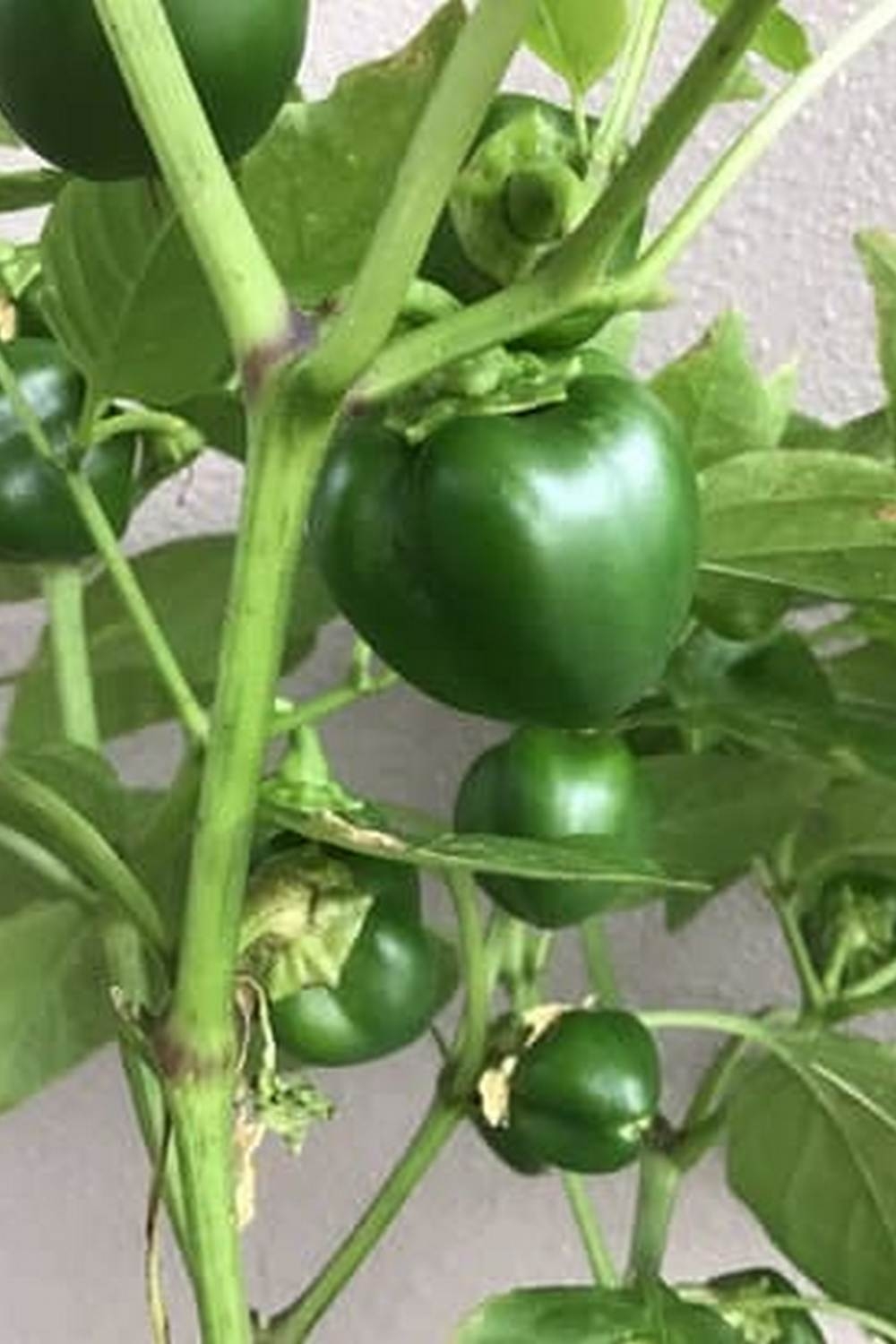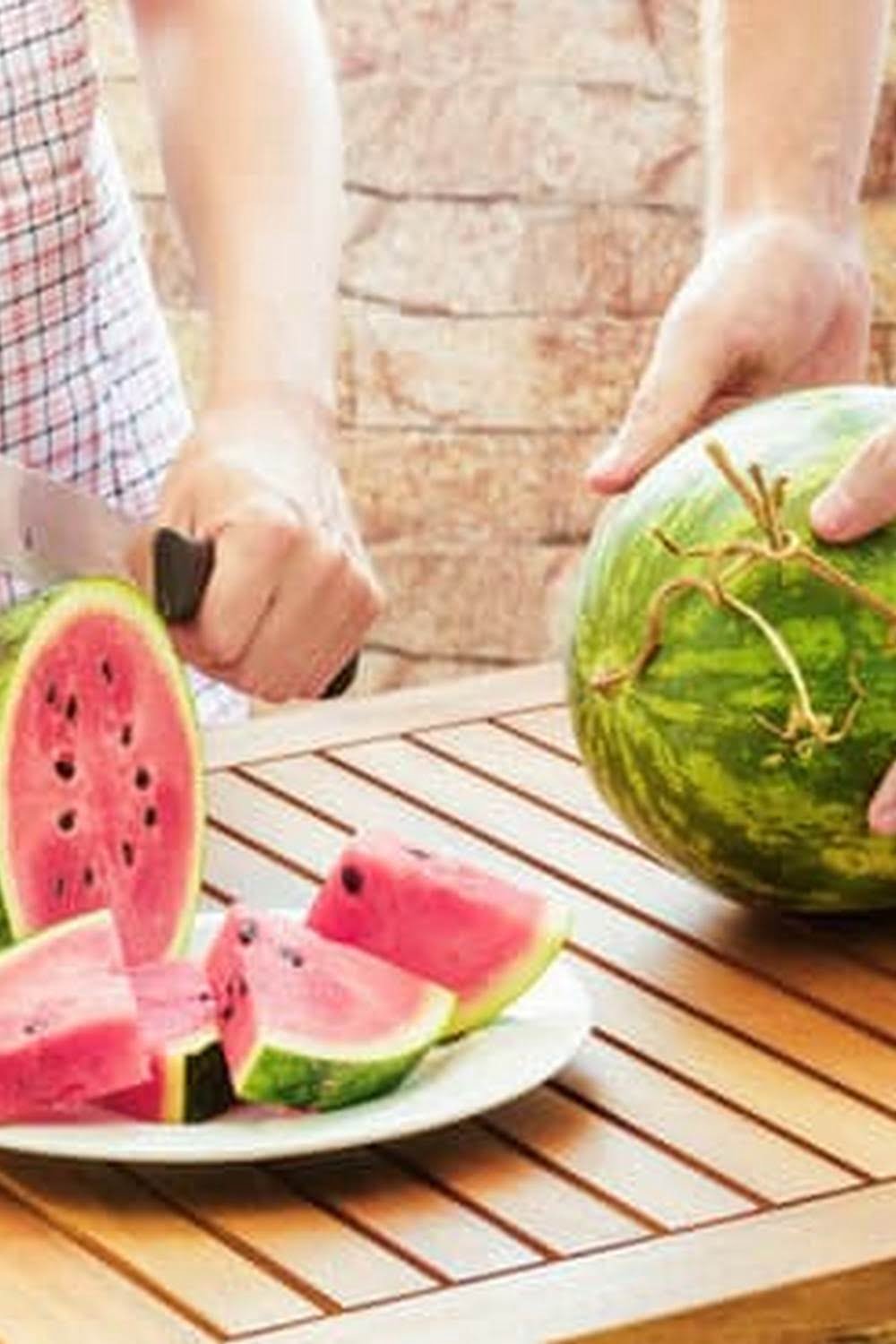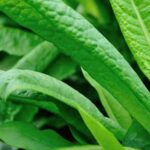Are you wondering how to prepare soil for vegetable gardens? Soil preparation is a crucial step in ensuring the success of your vegetable garden. The quality of soil plays a significant role in the growth and yield of your plants, making it essential to understand the importance of proper soil preparation.
The composition and pH levels of your soil are key factors in determining its suitability for growing vegetables. In this article, we will guide you on how to assess your soil for its composition and pH levels, as well as provide insights on adjusting the pH to meet the needs of different vegetable crops.
Clearing the garden area of weeds, debris, and unwanted organic matter is another essential step in soil preparation. We will provide you with step-by-step instructions on effectively clearing the area to prevent competition for nutrients and ensure optimal conditions for plant growth.
Additionally, incorporating organic matter such as compost, manure, and mulch into the soil is vital for enriching its nutrient content. We’ll discuss the benefits of adding organic matter and offer guidance on how to choose and apply these materials for maximum soil enrichment. By following these steps, you can ensure that your soil is ready to support a bountiful vegetable harvest.
Assessing Your Soil
When it comes to preparing soil for vegetable gardens, understanding the composition and pH levels of your soil is crucial. By conducting a simple soil test, you can gain valuable insights into the nutrient content and acidity of your soil, which is essential for determining the types of vegetables that will thrive in your garden.
Testing Soil Composition and pH Levels
To assess your soil’s composition, you can perform a basic texture test by feeling the soil between your fingers. Sandy soils feel gritty, clayey soils feel sticky, and loamy soils have a crumbly texture. Additionally, you can use a DIY jar test to determine the proportion of sand, silt, and clay in your soil.
In terms of pH levels, a soil pH test kit or meter can be used to measure the acidity or alkalinity of the soil. Most vegetables prefer a slightly acidic soil with a pH range between 6.0 and 7.0. Understanding your soil’s pH will allow you to make any necessary adjustments to create an optimal growing environment for your vegetable plants.
Adjusting Soil pH for Different Vegetable Crops
Once you have determined the current pH level of your soil, you can take steps to adjust it as needed. For example, if your soil is too acidic (low pH), you can add lime to raise the pH. Conversely, if your soil is too alkaline (high pH), adding elemental sulfur can lower the pH level. Different vegetables have varying preferences for soil acidity, so understanding how to modify pH levels accordingly is essential for successful vegetable gardening.
By assessing and understanding the composition and pH levels of your soil, you will be better equipped to prepare it for planting a variety of vegetables in your garden. This knowledge will enable you to make informed decisions about adjusting the soil conditions to suit the specific needs of different vegetable crops.
Clearing the Area
When it comes to preparing the soil for a successful vegetable garden, one of the essential steps is clearing the garden area of weeds, debris, and unwanted organic matter. This process is crucial as it eliminates competition for nutrients and ensures that your vegetable plants have access to essential resources for healthy growth. Here are some important sub-sections to consider when preparing your garden area:
Step 1: Remove Weeds
Before planting your vegetables, it’s important to thoroughly remove any existing weeds in the garden area. Weeds can compete with your vegetable plants for water, sunlight, and nutrients, which can hinder their growth. To effectively remove weeds, you can use hand tools such as a hoe or shovel to uproot them from the soil. For larger areas, consider using a gas-powered weed trimmer or cultivator to quickly clear the space.
Step 2: Clear Debris and Unwanted Organic Matter
In addition to weeds, it’s essential to clear the area of any debris or unwanted organic matter that may impede plant growth. This can include fallen leaves, twigs, rocks, or old plant material. By removing these items from the soil surface, you create a clean and fertile environment for your vegetable plants to thrive. You can simply rake up the debris and organic matter and dispose of it appropriately.
Step 3: Improve Soil Structure
After clearing the garden area of weeds and debris, consider improving the soil structure by loosening compacted soil. Compacted soil can restrict root growth and water infiltration, so using a garden fork or tiller to aerate the soil can be beneficial. This step allows for better oxygenation of the soil and promotes optimal root development for your vegetable plants.
Overall, properly clearing the garden area sets the stage for healthy vegetable plant growth by eliminating competition for resources and creating an optimal environment for their development.
By following these steps about how to prepare soil for vegetable gardens effectively clears provides a great starting point for successful gardening experience.
Adding Organic Matter
When preparing soil for vegetable gardens, one of the most crucial steps is to enhance the soil’s quality by incorporating organic matter. This essential step ensures that the soil is rich in nutrients and has a healthy structure, providing an optimal environment for vegetable plants to thrive. Here are some key ways on how to prepare soil for vegetable gardens by adding organic matter:
1. Compost: Adding compost to your soil is a fantastic way to enrich it with essential nutrients, improve its moisture retention, and enhance its overall structure. Compost also helps in balancing the pH levels of the soil, making it suitable for a wide variety of vegetable crops. You can make your own compost using kitchen scraps, yard waste, and other organic materials, or you can purchase ready-made compost from local garden centers.
2. Manure: Another excellent source of organic matter for enriching the soil is manure. Well-rotted animal manure such as cow or horse manure provides a rich source of nitrogen, phosphorus, and potassium – essential nutrients for plant growth. When using manure, it’s important to ensure that it has been properly aged and decomposed to prevent any potential burning of plant roots due to high ammonia levels.
3. Mulch: Applying mulch on top of the soil not only helps in retaining moisture and suppressing weed growth but also contributes to the gradual improvement of the soil’s fertility as it breaks down over time. Organic mulches such as straw, grass clippings, or shredded leaves can be used to cover the soil around your vegetable plants.
By incorporating these organic matter into your soil preparation process, you can create a nutrient-rich and well-structured environment that will support healthy growth and abundant yields in your vegetable garden. Remember to regularly replenish these organic materials as they break down over time in order to maintain the fertility of your soil for successful vegetable gardening experience.
Aerating the Soil
One of the key benefits of aerating the soil is that it allows for better air circulation and water penetration. Compacted soil can restrict the flow of air, water, and nutrients to the roots of your plants, leading to stunted growth and reduced yield. By loosening the soil through aeration, you can create pathways for these essential elements to reach the root zone, providing your vegetables with the conditions they need to thrive.
There are several techniques for aerating the soil, each with its own advantages depending on the size and condition of your garden. Tilling is a common method that involves turning over the top layer of soil to break up compacted areas. Double digging goes a step further by loosening the subsoil as well, creating deeper channels for roots to penetrate.
For smaller areas or raised beds, using a garden fork to gently loosen the soil can be an effective way to improve aeration without causing excessive disruption. Whichever method you choose, it’s important to proceed with care to avoid damaging any existing plant roots in the process. With proper aeration, you can set the stage for vibrant and productive vegetable gardens.
In summary, aerating the soil is an essential step in preparing the ground for your vegetable garden. By breaking up compaction and improving drainage, you create an environment that supports healthy root development and overall plant growth. Understanding how to prepare soil for vegetable gardens includes recognizing the importance of aeration and implementing suitable methods based on your specific gardening needs.
Fertilizing the Soil
When it comes to growing a successful vegetable garden, one of the most crucial steps is ensuring that the soil is properly nourished and enriched. This involves the careful selection and application of the right fertilizers to provide essential nutrients for healthy plant growth. In this section, we will discuss how to prepare soil for vegetable gardens by focusing on selecting and applying the right fertilizers.
Before applying any fertilizer, it’s essential to understand the specific nutrient requirements of the vegetables you plan to grow. Different plants have varying needs when it comes to nutrients such as nitrogen, phosphorus, and potassium. Conducting a soil test can provide valuable insights into your soil’s existing nutrient levels and help determine which fertilizers are best suited for your garden.
Once you have identified the specific nutrient deficiencies in your soil, selecting the appropriate fertilizer becomes much easier. For example, if your soil test reveals a deficiency in nitrogen, you may opt for a high-nitrogen fertilizer to address this issue. Additionally, organic options such as compost or manure can also be used to enrich the soil with essential nutrients while improving its overall structure.
When it comes to applying fertilizers, it’s important to follow recommended guidelines provided by manufacturers or experts. Over-fertilization can lead to nutrient imbalances and potential harm to plants, while under-fertilization may result in stunted growth or poor yields. By carefully following dosage instructions and incorporating fertilizers into your soil preparation routine, you can set the stage for a thriving vegetable garden.
| Soil Nutrient | Recommended Fertilizer |
|---|---|
| Nitrogen | High-nitrogen fertilizer or organic options like compost or manure |
| Phosphorus | Phosphorus-rich fertilizer or bone meal |
| Potassium | Potassium-rich fertilizer or wood ash |
Testing Moisture Retention
Proper moisture retention and drainage are crucial factors in ensuring the health of soil for vegetable gardens. Overly saturated soil can lead to root rot and other issues, while soil that is too dry can result in stunted plant growth and poor yield. To avoid these problems, it is important to test the soil’s moisture retention and drainage capabilities.
One effective way to test soil moisture retention is the simple “squeeze test.” Take a handful of soil from your garden and squeeze it tightly in your hand. If water runs out between your fingers, the soil is too wet. If the soil does not hold together at all and crumbles easily, then it is too dry. Ideally, the soil should hold its shape when squeezed but then break apart when gently tapped.
In addition to testing for moisture retention, it is also important to assess the drainage capabilities of the soil. Poor drainage can lead to waterlogged conditions that are detrimental to plant health.
One method for testing drainage involves digging a hole approximately 12 inches deep and filling it with water. If the water has not drained away within 24 hours, this indicates poor drainage and may require amendments such as adding organic matter or adjusting the slope of the garden area.
Ensuring proper moisture retention and good drainage in your garden’s soil will set the stage for healthy plant growth and a bountiful harvest of vegetables.
| Soil Test | Results |
|---|---|
| Squeeze Test | Ideally holds shape when squeezed but breaks apart when gently tapped |
| Drainage Test | Water should drain away within 24 hours |
Conclusion
In conclusion, preparing soil for vegetable gardens is a crucial step in ensuring the success of your gardening endeavors. By understanding the importance of soil composition, pH levels, and overall quality, you can lay the groundwork for healthy plant growth and abundant yields. Assessing your soil, clearing the area, adding organic matter, aerating the soil, fertilizing, and testing moisture retention are all essential steps in this process.
By following the outlined guidelines on how to prepare soil for vegetable gardens, you can create an optimal environment for your plants to thrive. The careful assessment of soil composition and pH levels allows you to make necessary adjustments to meet the specific needs of different vegetable crops.
Clearing the area of weeds and debris eliminates competition for nutrients and promotes healthy plant growth. Adding organic matter enriches the soil with essential nutrients and improves its structure, while aerating the soil prevents compaction and ensures proper drainage.
Ultimately, taking the time to prepare your soil will set the stage for a bountiful vegetable harvest. Implementing these techniques not only promotes healthier plants but also leads to higher yields of delicious vegetables in your garden. So, roll up your sleeves and follow these steps to ensure that your vegetable garden is set up for success from the ground up.
Frequently Asked Questions
What Should I Add to My Soil Before Planting Vegetables?
Before planting vegetables, it’s important to add organic matter such as compost or well-rotted manure to the soil. This helps improve the soil structure, drainage, and nutrient content, which are essential for healthy plant growth.
What Is a Good Soil Mix for Vegetable Garden?
A good soil mix for a vegetable garden typically consists of a balance of sand, silt, clay, and organic matter. This combination provides good water retention, drainage, and aeration for the plants’ root systems. Adding additional nutrients through fertilizers can also help boost plant growth.
How Do You Prepare Soil for a Raised Bed Vegetable Garden?
To prepare soil for a raised bed vegetable garden, start by removing any existing vegetation or weeds from the area where the bed will be placed. Then, fill the raised bed with a mixture of topsoil and compost or other organic materials to provide a nutrient-rich growing environment for your vegetables.
Properly preparing the soil ensures that the plants have optimal conditions for growth in the raised bed.

If you’re looking to get into vegetable gardening, or are just looking for some tips on how to make your current garden better, then you’ve come to the right place! My name is Ethel and I have been gardening for years. In this blog, I’m going to share with you some of my best tips on how to create a successful vegetable garden.





